PARADISE HILL IN DAWSON CITY, YUKON CANADA
Update from 1983 report on Paradise Hill
- number of claims : 10 mineral claims
- square area : approximately 42000 m2 (42ha)
- value per cubic yard : 0.1612912 oz.
- volume : 1,755,000 cubic yards
- gold value gross : 283,066.05 oz. of raw gold.
- gold value net : 226,452.84 oz. of 99.999
- silver value : 56,613.21 oz. of 99.999
- costs per cubic yard : approximately $ 1.0
PARADISE HILL
PARADISE HILL IN DAWSON CITY, YUKON CANADA
Update from 1983 report on Paradise Hill
Mining techniques has been much improved through the years, specifically with respect to the recovery of fine gold, while costs is, despite the rise in fuel prices, only a fraction of what it was before.
The most costs effective way of mining in North America is to have the least amount of people working as possible, not only to save on wages but also by not having to feed those same workers and therefore saving camp costs. This can be done by method of hydraulic mining, the most costs efficient and economical
way to strip and move the gravel is by water, this has the following advantages:
– Water moves the material therefore save on costs of equipment and operator.
– Several monitors can be operated automatically or by only one man.
– Concentrate the washable gravel and reduce the volume, and costs, by 50 to 90%.
– The gravel is pre-washed and much easier to clean when washed the second time.
– Even the gold from the marginal gravels will be recovered with no extra costs.
– Stripping and gold recovery is done in the same time with no extra costs.
Monitoring costs is, besides purchasing a pump and monitor, only the costs of fuel.
Depends on distance and elevation where the water has to come from but with a fuel price of
$1.00/ liter the costs per cubic meter to move the gravel is roughly between $0.05 for dirt and $0.30 for gravel.
By monitoring and running the material through a simple sluice box, gold revenue is created in the same time when stripping.
After the stripping is completed the pay gravel volume has been reduced to concentrated pay gravel.
To process this remaining concentrated pay gravel costs will be substantially reduced because of this reduced volume
Testing Results 1982
Far better as drilling, a test hole has been made in 1982:
50 x 18 x 10 meters x 1.3 y/m = 11,700 yds.
Removed part 2,700 yds.
Sluiced: 9,000 yds.
The following results were obtained:
Former claim owner was allowed to
sluice 3000 cubic yards, of which he recovered 391.000 ounces
– 06 aug. Delta Smelting Receipt No V 21156 47.556 ounces
– 10 aug. Delta Smelting Receipt No V 21177 34.420 ounces
– 23 aug. Delta Smelting Receipt No V 50596 60.060 ounces
– 23 aug. Delta Smelting Receipt No V 50592 68.910 ounces
– 03 sept. Delta Smelting Receipt No V 21282 38.095 ounces
– 05 sept. Delta Smelting 58.840 ounces
– 08 sept. Delta Smelting Receipt No V 21334 148.285 ounces
– 15 sept. Delta Smelting Receipt No V 21386 61.474 ounces
– 25 sept. Keenocks 26.080 ounces
– 28 sept. Keenocks 19.220 ounces
– 25 oct. Delta Smelting Receipt No V 50692 11.230 ounces
Total ounces being paid to workers 36.000 ounces
__________________________
Total 1,001.140 ounces
40% critical percentage for lost gold (see introd.)
The average value of the1982 test results is: 0.1557328 ounce per cubic yard.
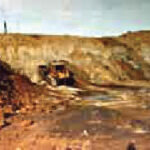
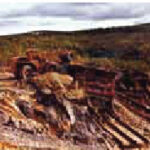

PARADISE HILL KLONDIKE AND INDIAN RIVER GOLD FIELD
DAWSON CITY YUKON CANADA

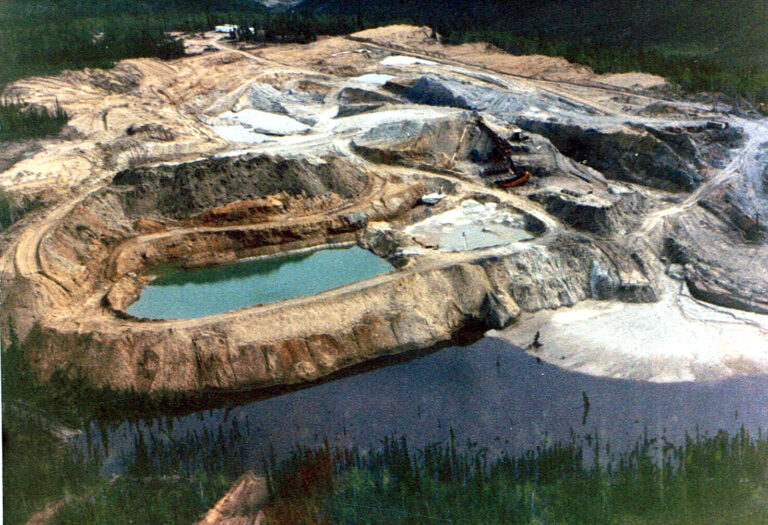
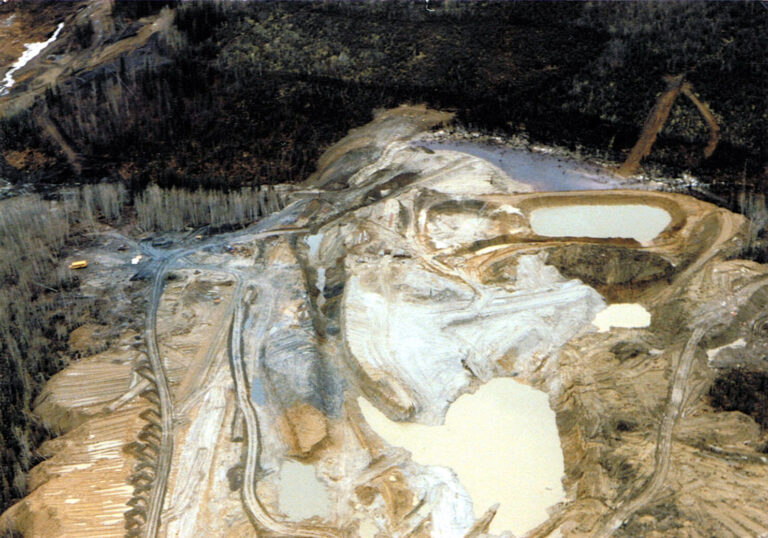
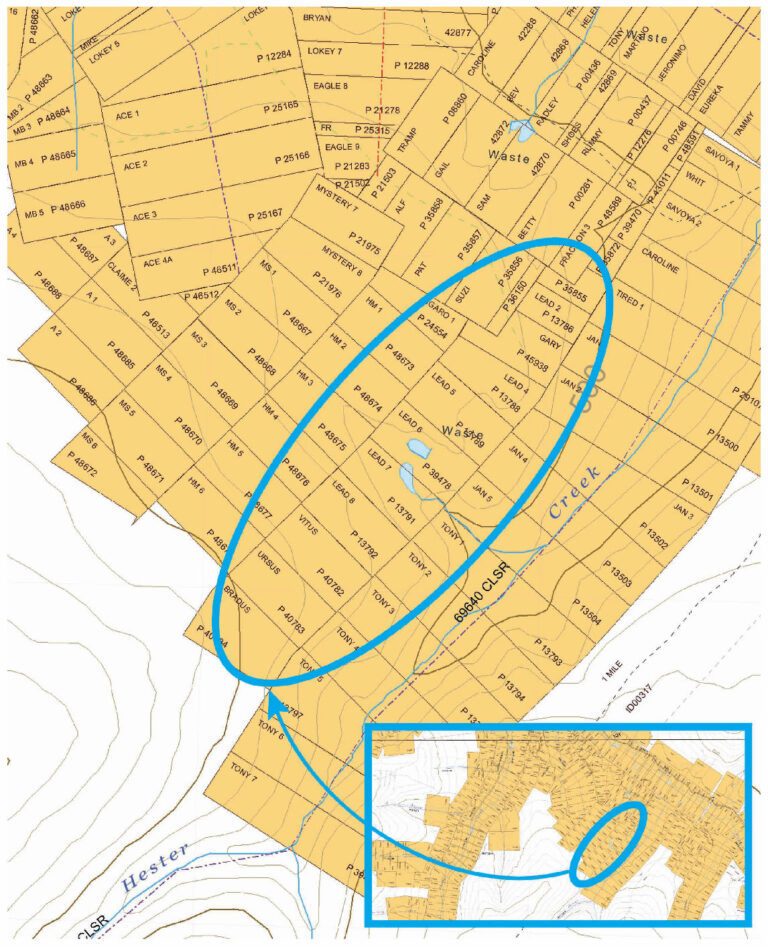
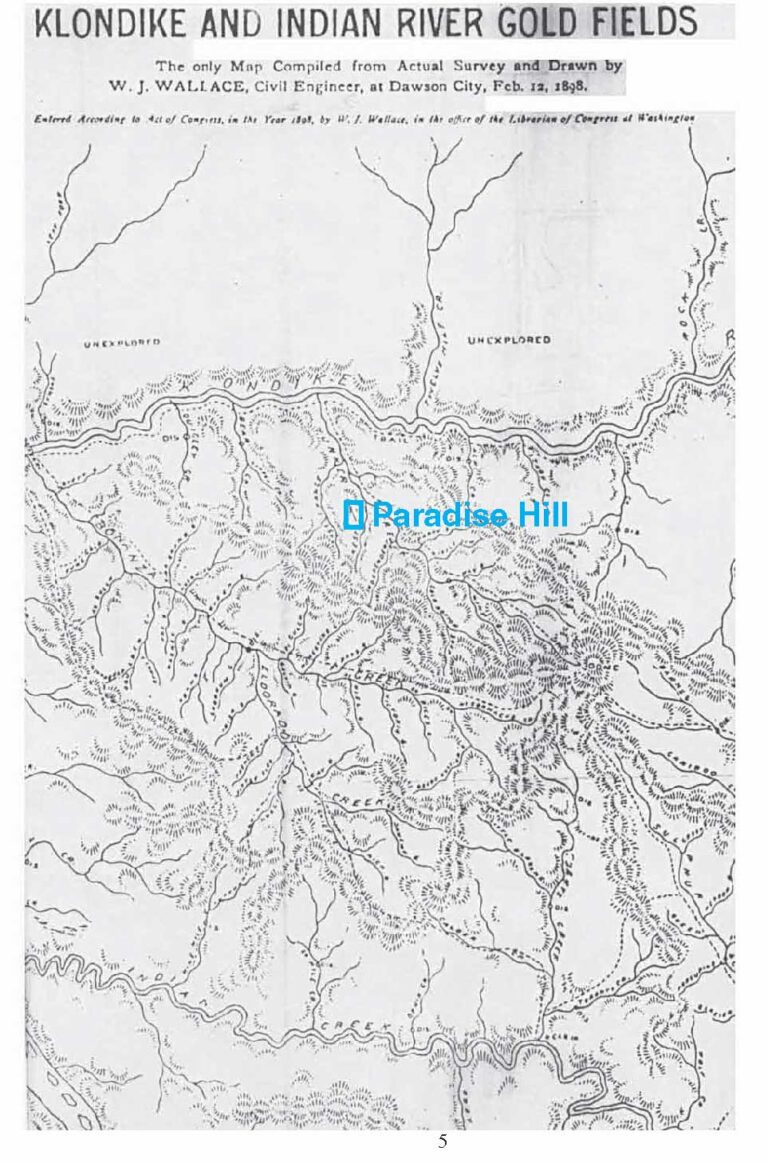
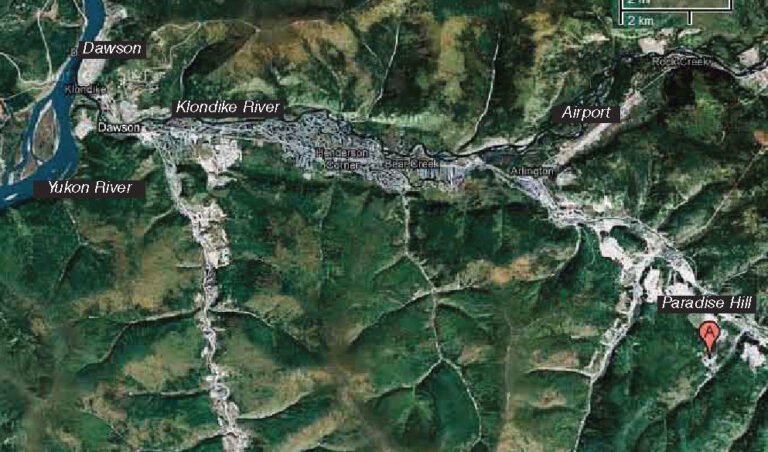
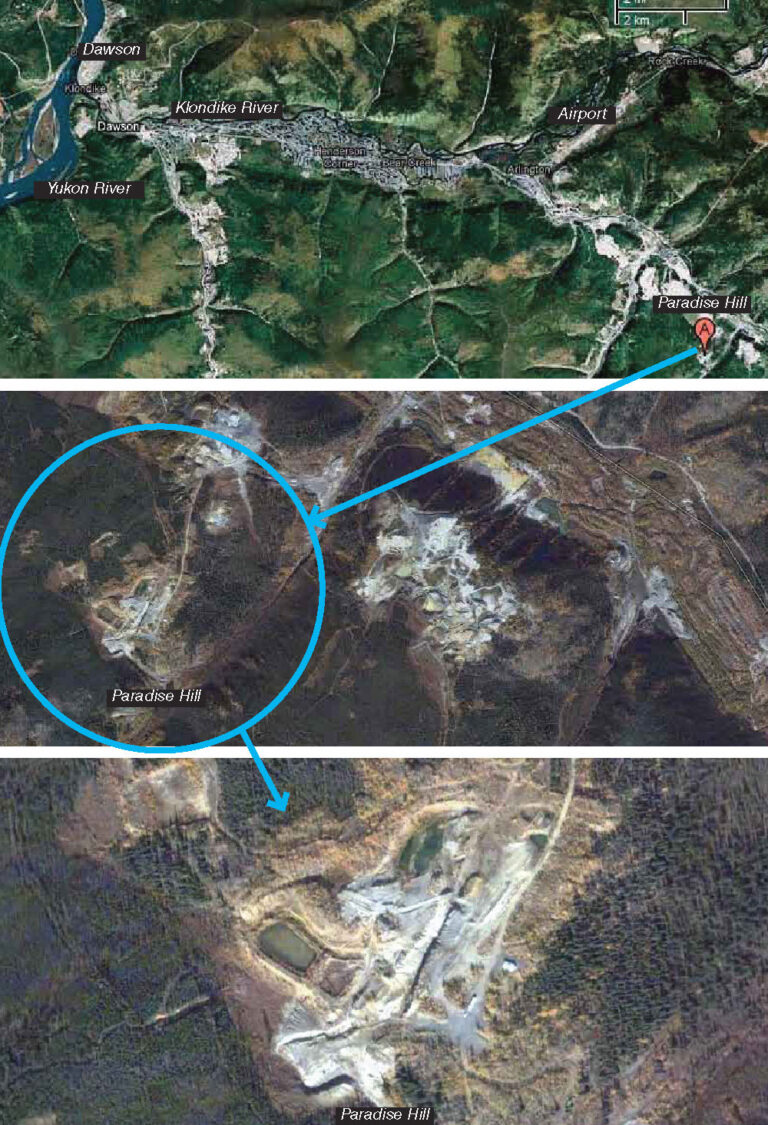
Paradise Hill
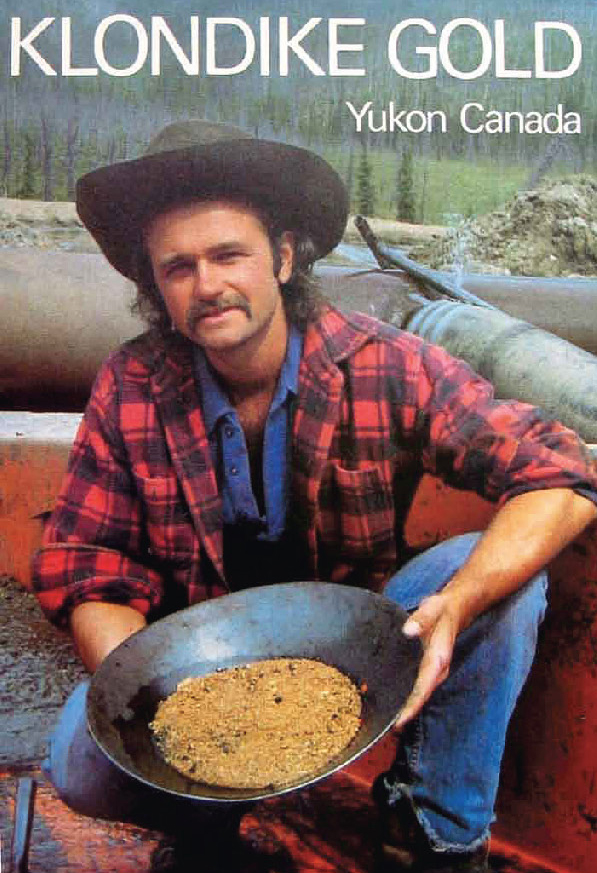
I am pleased to submit herewith my report entitled “Paradise Hill”. Based on the preparation work done starting 1982, as detailed further on, my conclusions strongly support the viability of investment in placer mining operation on these claims.
As a matter of fact, sufficient testing proved this property to bear extremely high values of gold, far above any present known gravel valuations in the entire Klondike areas.
The testing operation yielded 0.16 ounce per cubic yard. Decomposed bedrock is at present reached at 10 meters. Washable pay gravels starts direct at the top all the way down
and reaches a value of a pennyweight each pan at bedrock level. The test hole is 60 meters wide at the North site and is still increasing its values per cubic yard going direction
centre hill.
Work can be done under excellent conditions. The upper part of the hill is flat. There is almost no overburden and no permafrost so far has been found.
– Good water supply
– High grade of Gold
– Easy to reach by road
– Close to suppliers/ transportation
– Large reserves
– Minimum over burden
– No permafrost
Klondike Experience at Paradise Hill,
Dawson City, Yukon
The claims are located on Placer Claim Map 115-0-14 include virgin ground pay streaks overlooked by the early miners.
Paradise Hill is approximately at 15 miles distance South West of Dawson City.
Yukon, Canada
Border between Dawson City, Yukon and Tok, Alaska.
Dawson City
Vibrant northern town on the Yukon River in the Yukon, A base during the 19th-century Klondike Gold Rush, the town has several preserved frontier-style
Paradise Hill
The mining property is adjacent to Hester Creek, which is a tributary to Hunker Creek,
a major gold producing Creek of the famous Klondike are.
Interested? Klondike Experience !
[ Dredge No. 4 National Historic Site] A fantastic introduction into placer mining.
It is now located along Bonanza Creek Road 13 kilometres south of the Klondike Highway near Dawson City, Yukon, where it is preserved as one of the National Historic Sites of Canada.
Browse Safari available only for watching Paradise Hill Movie 1, 2, 3 & Lucas in Talk Show Live on Dutch Television movies
History Placer Mining
Prospecting in the Klondike area began on the Indian River and Quartz Creek in 1894 when they were visited by Robert Henderson and a small party. The following year Henderson
returned and crossed the divide at the head of Quartz Creek to Gold Bottom Creek, a tributary of Hunker Creek. In 1986, while returning from Oglivie with supplies, he met G.W.
Carmack, a trader traveling with two Indians, who followed him and via Bonanza Creek,
and on August 17, 1896, made the famous discovery of gold and sparked the world’s biggest goldrush, the great Klondike goldrush.
In September 1896, a discovery claim was staked by Andrew Hunker on the Creek, that now bears his name, and the following year discoveries were made on Dominion, Sulphur and Quartz Creek. The first Hillside or bench claim was staked on Eldorado Creek in August 1897. Following this discovery of gold in Bonanza, Bear, Quartz, Dominion and Hunker
Creeks. In June 1897, nearly 800 claims had been recorded, and by September, 1898
the number exceeded 17000 (Innis, 1936).
Placer gold mining remained the mainstay of the Yukon economy from the time of gold rush until the early 1920s. Following rises in the price of gold, placer mining was again important from the 1940s to the 1960s and from 1974 to today.
Methods
Creek claims in the early days were worked by either underground or surface mining methods.
Where the overburden and gravel were relatively deep, a shaft was put down to bedrock and
drifting was done across the channel of the creek to locate the “pay streak” or rich gold-bearing
gravel, usually found on or near the surface of the bedrock. When the pay streak was found,
sometimes only after several shafts had been put down and drifting had been completed across
most width of the creek bottom, other shafts were put down along its length and the gravel was
hoisted to surface for sluicing. Fires or heated stones were used to thaw the frozen ground so
that it could be removed. During summer thawing, roof and shafts gravels tended to loosen and
fall, thus making underground operations much more hazardous than in winter therefore underground
work was usually begun in fall. In the spring the dumps containing the pay gravels that
had been mined were sluiced to recover the gold.
Surface mining was done where the depth of overburden and gravel was shallow, usually less
than 3 meters. Pits were put down to delimit the area containing workable gravels, and the area
was cleared of trees, bushes and moss. Ditches were cut through the overburden, which remains
permanently frozen except for two or three feet at surface that thaws and freezes annually
and in spring water was diverted through the ditches to thaw and carry away the muck, leaving
the gravels exposed for natural thawing. As thawing progressed, waste gravels were removed
until the pay gravel, and this was then put through sluice boxes. This method of mining, termed
open-cutting, was used effectively and extensively on most creeks.
The chief problem involved was the disposal of waste gravels and tailings. To make room for tailings,
sluice boxes were sometimes elevated, but this necessitated raising the gravels and water
also. On bench or hillside claims mining was more difficult and expensive because of the scarcity
of water and greater depths of barren overburden and gravel. Drifts were driven along bedrock
from the rim or from the bottoms of shafts if the deposits were wide. Some open-cut work
was usually washed in rockers because of the small amount of water necessary, or alternatively,
moved down to the creeks for sluicing there.
Steam thawing was introduced in 1899. In 1903 a report by Superintendent Cuthbert of the
Northwest Mounted Police showed there were 712 boilers from 10 to 50 horsepower on the
creeks. Large pumps enabled water to be raised for sluicing in the creeks, thus alleviating the
problem of the disposal of tailings, and also making it possible for water to be elevated for use
on the benches.
The first dredge in the Klondike area began working on Bonanza Creek in 1901 (Canada,
Dept. Interior 1907). This method of mining proved to be efficient and economical. In 1962 five
dredges were being operated in the area by the Yukon Consolidated Gold Corporation Limited.
In recent years open-cut mining both on creeks and benches has proven to be economical
using mechanical equipment. Stripping is usually done by hydraulic methods or with a bulldozer,
and the ground is allowed to thaw naturally. A portable steel sluice box, with water
supplied either by gravity from a ditch or by pump from the creek, is set up and the gravel
is pushed into the head of the box with a bulldozer. Tailings are usually removed from the
lower end of the sluice box with a bulldozer. Such operations are extremely flexible and
adaptable to a variety of working conditions.

